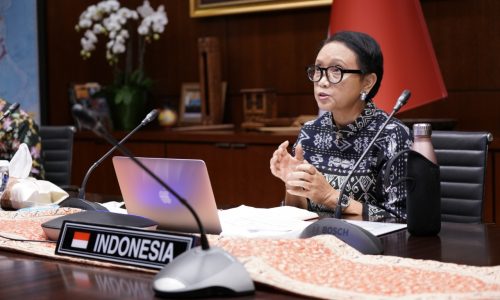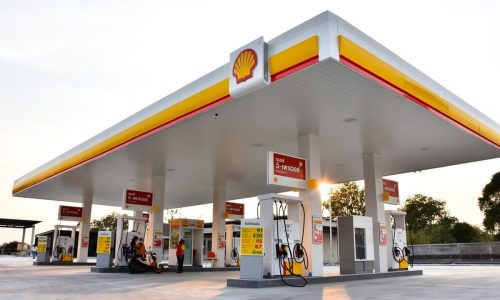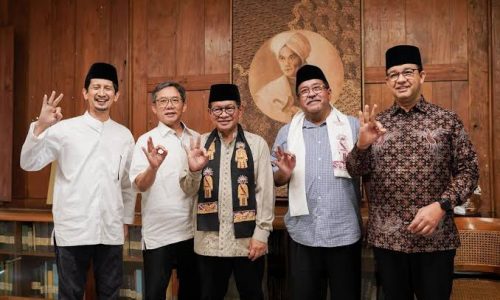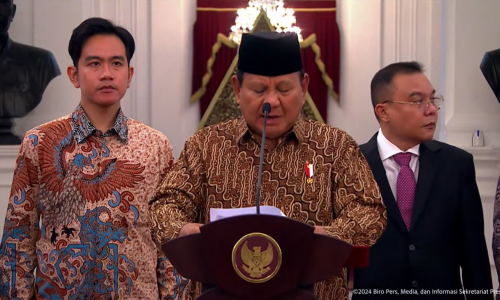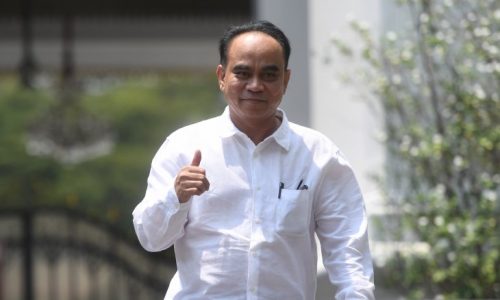Indonesia will unlikely achieve its energy mix target of between 17 percent to 19 percent by 2025 as the country’s energy mix just reaches 13 percent to 14 percent, says Energy and Mineral Resources (ESDM) Minister Arifin Tasrif.
“This is because our infrastructure has not been sufficient enough and there are still bottleneck in the process. Demand for the energy mix has yet to increase rapidly, so we need to carry out programs to encourage demand,” Arifin said on Monday, August 8, 2024.
“As an example, the electric vehicle program and the solar power plant for industry and housing still need to be encouraged,” he cited.
To accelerate energy mix, Indonesia is optimizing the use of hydropower for electricity generation to replace gas-powered plants. In North Sumatra and Aceh, the government focus on the development of mini hydropower plants. There are 5 GW of hydro and mini hydro power plant in Aceh and North Sumatra.
Arifin said that the government plans to develop these hydropower plants to replace gas consumption.
“Currently, we send 16 cargoes of LNG from Papua to Arun. From Arun, the LNGs are sent to Belawan… In Belawan, the LNGs are used for power generation. At the same time, there are many potentials of hydropower in the areas,” he said.
The minister, however, cited that there is still obstacle in developing mini hydropower plants due to the lack of transmission network in Aceh, while suggesting that State electricity company PT PLN and the private sectors need to get involved in developing more transmission networks there.
“We hope that there will be a mutually benefited cooperation. In the absence of profits, no one wants to enter the transmission projects while we want to establish link between Sumatra and Java.” he said.
Floating solar panels
The government also has planned to use dams constructed by the Public Works and Housing Ministry to develop floating solar panels.
Currently, there are 14 Gigawatt of floating solar panel potentials in 259 locations in Indonesia with the existing projects in Saguling Dam in West Java and Singkarak Dam in West Sumatera.
Saguling solar power plant will have the capacity of 60 MW and Singkarak power plant has 50 MW. Both projects are developed by Indonesia Power with 51 percent shares along with strategic partner ACWA Power Company (Saudi company) with 49 percent shares.
Besides, the government also encourages generation of geothermal projects between Pertamina Geothermal Energy and PLN in existing seven geothermal power plants, including Lahendong, Ulubelu, Lumut Balai, Hululais, Kamojang, Sibayak, and Sungai Penuh.
“The projects will optimize the capacity by using technology that use heats from brines by separating fluids from separators,” he explained.
Government has set the target that the co-generation project will start between 2007 and 2009.
“There are many things that we can do to build energy resilience in our country as long as they are all measurable and transparent. Transparent means we open the opportunity for all parties to participate,” he concluded.



